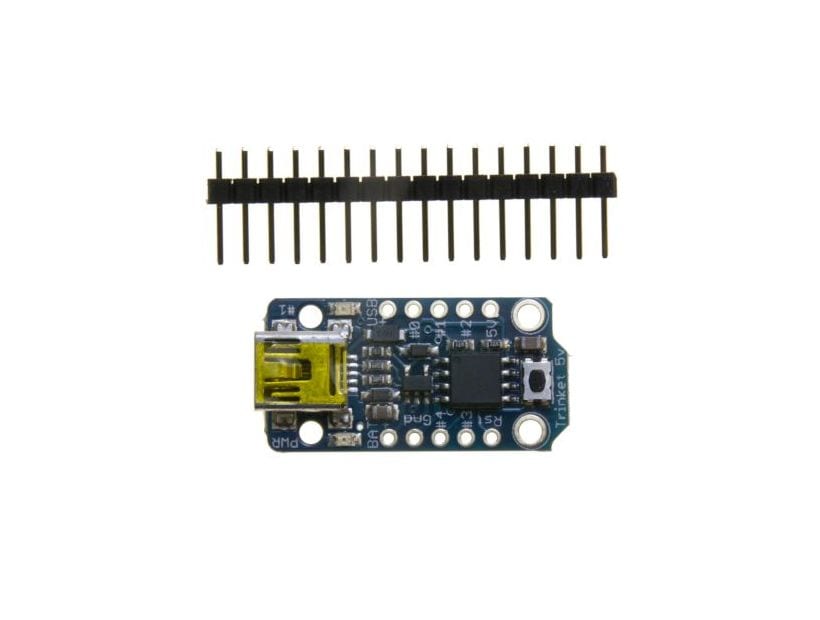

Simply use a USB v2 port or a USB hub in between.įor more detailed information about the Trinket, checkout the Introducing Adafruit trinket tutorial.
Some computers' USB v3 ports don't recognize the Trinket's bootloader. Trinket does not have a Serial port connection for debugging so the serial port monitor will not be able to send/receive data. There are some things you trade off for such a small and low cost microcontroller! The 5V version can run at 8 MHz or at 16MHz by setting the software-set clock frequency.Įven though you can program Trinket using the Arduino IDE, it's not a fully 100% Arduino-compatible. Use 5V Trinket for sensors and components that can use or require 5V logic. Use the 3V one to interface with sensors and devices that need 3V logic, or when you want to power it off of a LiPo battery. The Pro Trinket PCB measures only 1.5' x 0.7' x 0. Both work the same, but have different operating logic voltages. Get it now Pro Trinket combines everything you love about Trinket with the familiarity of the common core Arduino chip, the ATmega328, with 18 GPIO, 2 extra analog inputs, 28K of flash, and 2K of RAM. The Adafruit Trinket comes in 2 variations, 5V and 3V logic. It's Adafruit's lowest-cost arduino-IDE programmable board! The Adafruit web site clearly states on the product page this was changed some time ago (Oct 2015) : 'As of October 9th, 2015 the 5V Trinket comes with a micro-USB connector instead of a mini-USB connector' This is frustrating as it means finding different connectors and cables that I was not expecting to have to do. Perfect for when you don't want to give up your expensive dev-board and you aren't willing to take apart the project you worked so hard to design. Just connect it to a computer via USB and use it as a mini Arduino board. This tiny little board runs powerful ATTiny85 micro controller and has 8K of flash and 5 IO Pins. Are you looking for a microcontroller for your project and just need a few IO pins? Adafruit's Trinket Mini Microcontroller is the board for you.






